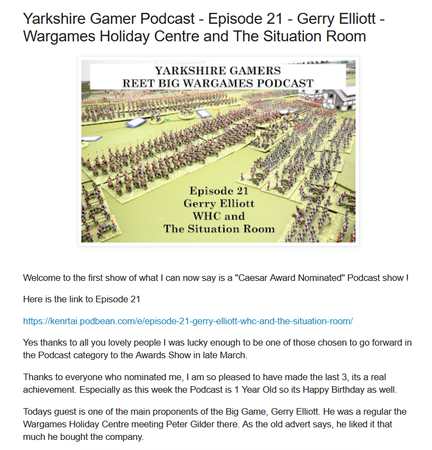This article is dedicated to the memory of Ian Weekley. He was one of the greats. Through his books and articles about terrain making, he managed to inspire and entertain many of us. The hobby will miss him for sure. Thanks, Ian. RIP.
I was inspired to put this together when I needed some roads for a game. I happen to have a great little book by Ian Weekley, Buildings for the Military Modeller. I took this recipe for building the road straight out of the book. He was a great modeller and a great asset to the hobby. He was doing beautiful 'Homestyle' terrain when most people were slipping books under a tablecloth. I followed his instructions, except for some short cuts. The final product is almost identical to what he produced. (I know that Howard Whitehouse also uses Ian's basic steps - with some modifications - to do his terrain, as well.)
Materials/Tools:

This shot shows the stuff I used. I bought the spray paint in Walmart for $1 USD each. I felt it a bit expensive. The putty, in my local craftstore. The 1/4" ply or base is 12 x 6. I originally bought at Home Depot, and had them cut me four 2-foot-by-6-inch pieces. You can use ply if you like, but nothing smaller than 1/4 inch or you will warp. Well, not you but the road.
I had to cut it in half to get what you see. I have a saw I bought in a flea market for $5 USD, and that does the trick. Masking tape, a brush, gauze covered in plaster (also in a craft store), some of the infamous 'Blue Stuff' or anything similar, some water in a bowl, a box cutter or blade of any type, some flock and Elmer's Water Putty. (The putty is what I used but you can use plaster, or grout, or lots of other things like joint compound.)
This road takes 5 minutes to make. You have to let it dry after most steps, and that slows down the whole process. In Ian's book, he uses paper towels dipped in 50% water and glue. I did it that way but found it a bloody mess, and now go with the gauze. The gauze you cut, wet, and lay it down. I later go over it with the brush to smooth out the plaster. Always use the rough side up - that is where most of the plaster is set.
- Picture #1

- This shows how I laid down the blue stuff and covered with the tape to keep it there. Then I cut the gauze to size, and wet it and laid it down over the blue stuff. I then proceeded to use the brush and go over the gauze to moisten the plaster and spread it out so it covers the net of the gauze.
- Pictures #2 and 3


- Here, I have let the gauze dry. It took about an hour. I then proceeded to lay down the putty, and score lines here and there. I then let this dry for two hours.
- Picture #4

- Here, you see how I have sprayed heavy amounts of green paint, and then flocked it generously. I let it sit for an hour, and then dust it off. I then take some brown paint and spray the road. I then take some light gray paint and very lightly spray over the top. Practice it first, because it is a combination of swinging your arm across the center of the road while quickly hitting the spray nozzle. You don't want to get too much on it, unless you are doing winter roads. It is all done in one motion.
- Picture #5

- The final product: This is a basic road. You can now add trees, tall grass, some bushes and some twigs, and so on. (I left it plain and simple.)
At the Metropolitan Wargamer's club in Brooklyn, New York, we have a load of Ian Weekley's terrain. Castles, bridges, rivers, roads, houses, and so on. When in N.Y., stop by and take a look. He was really amazing.









